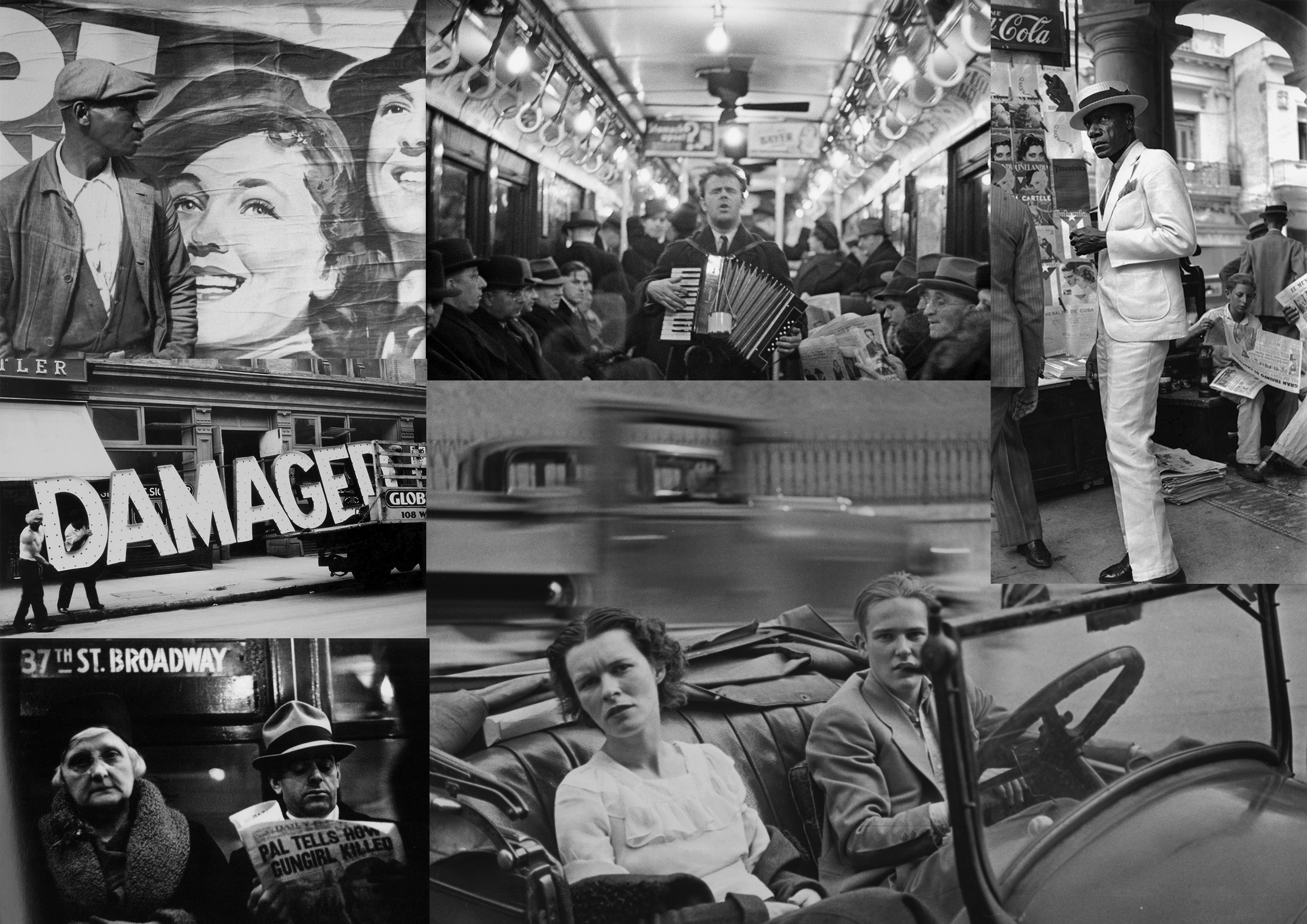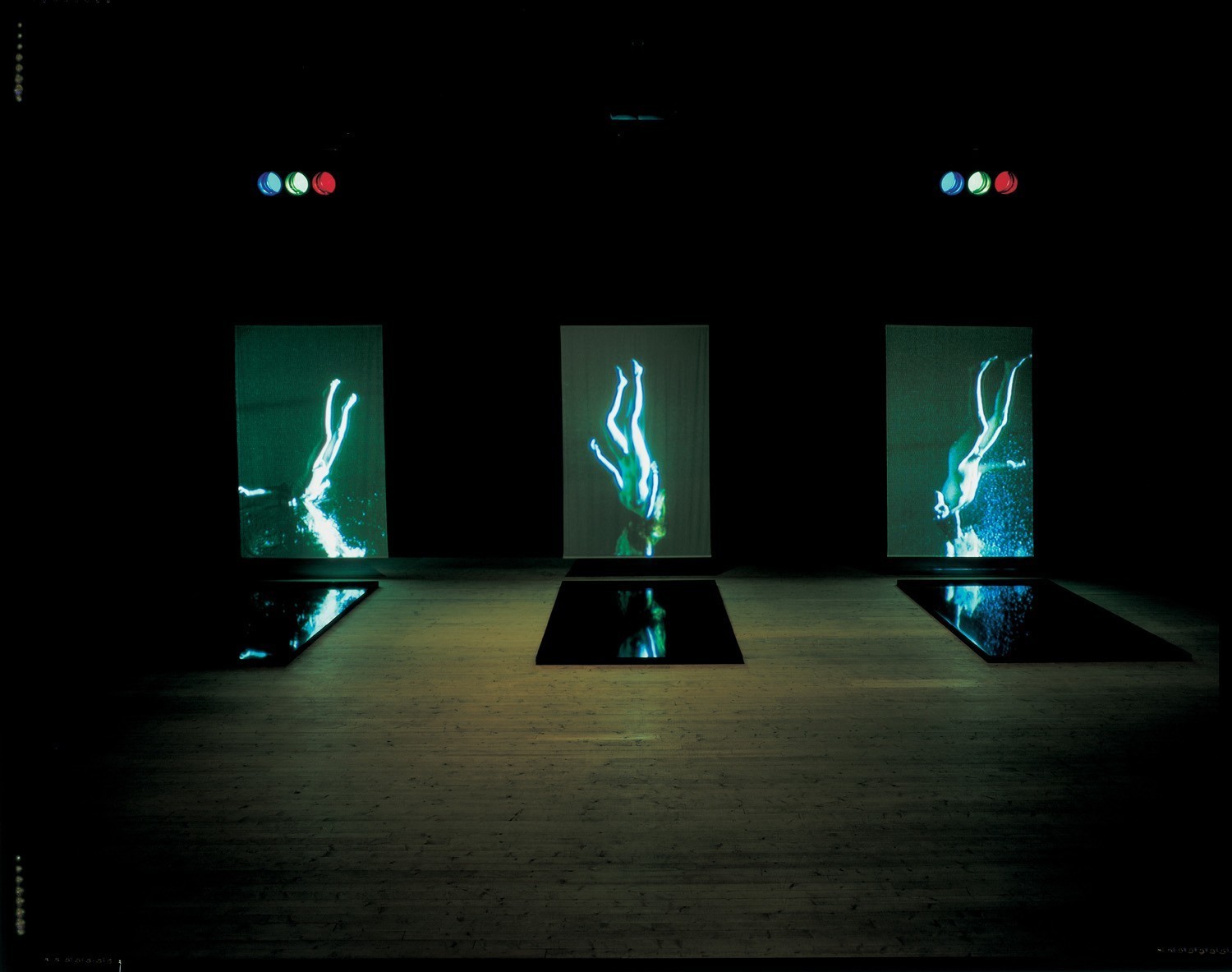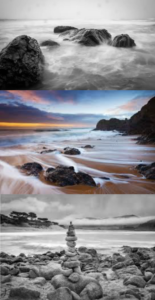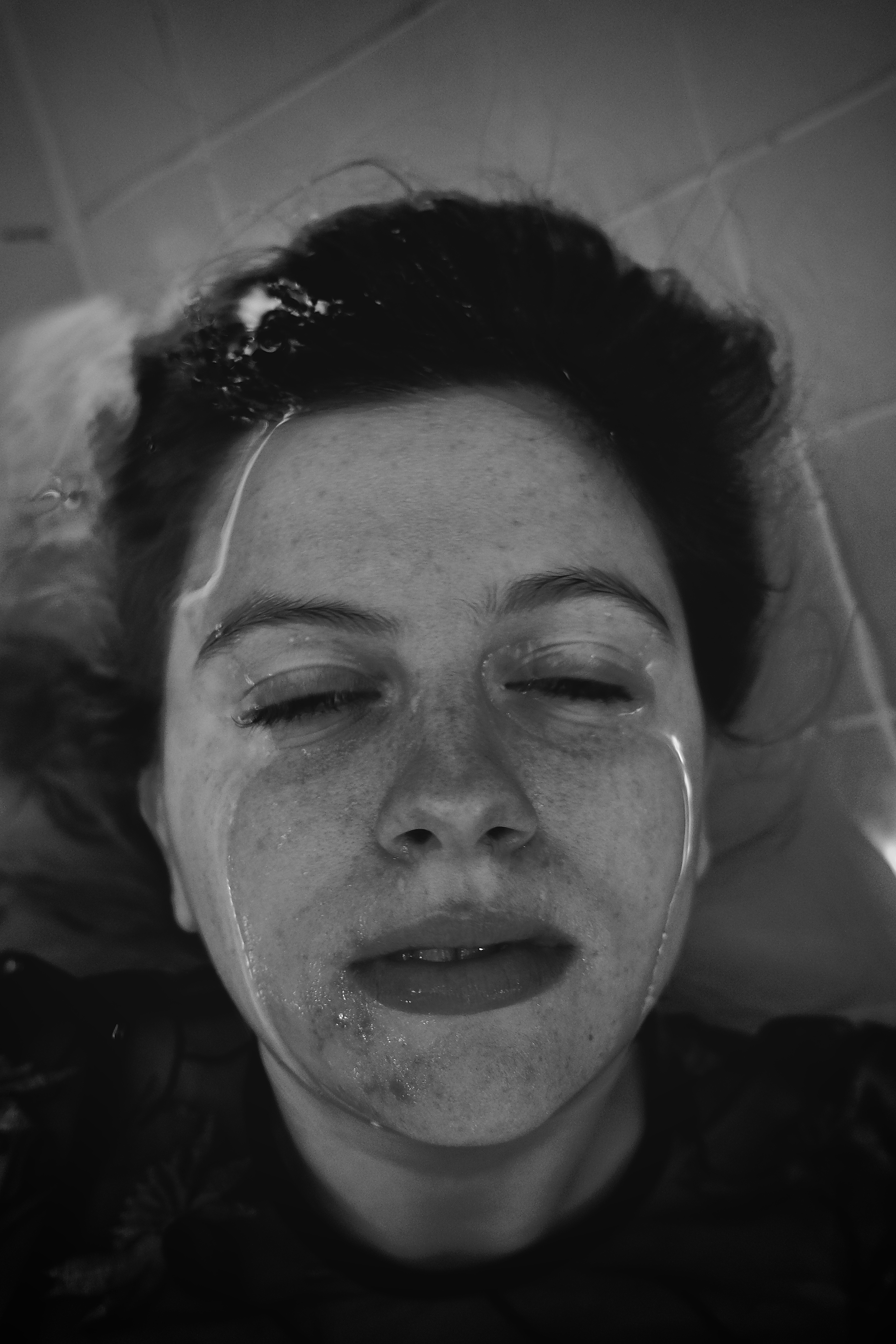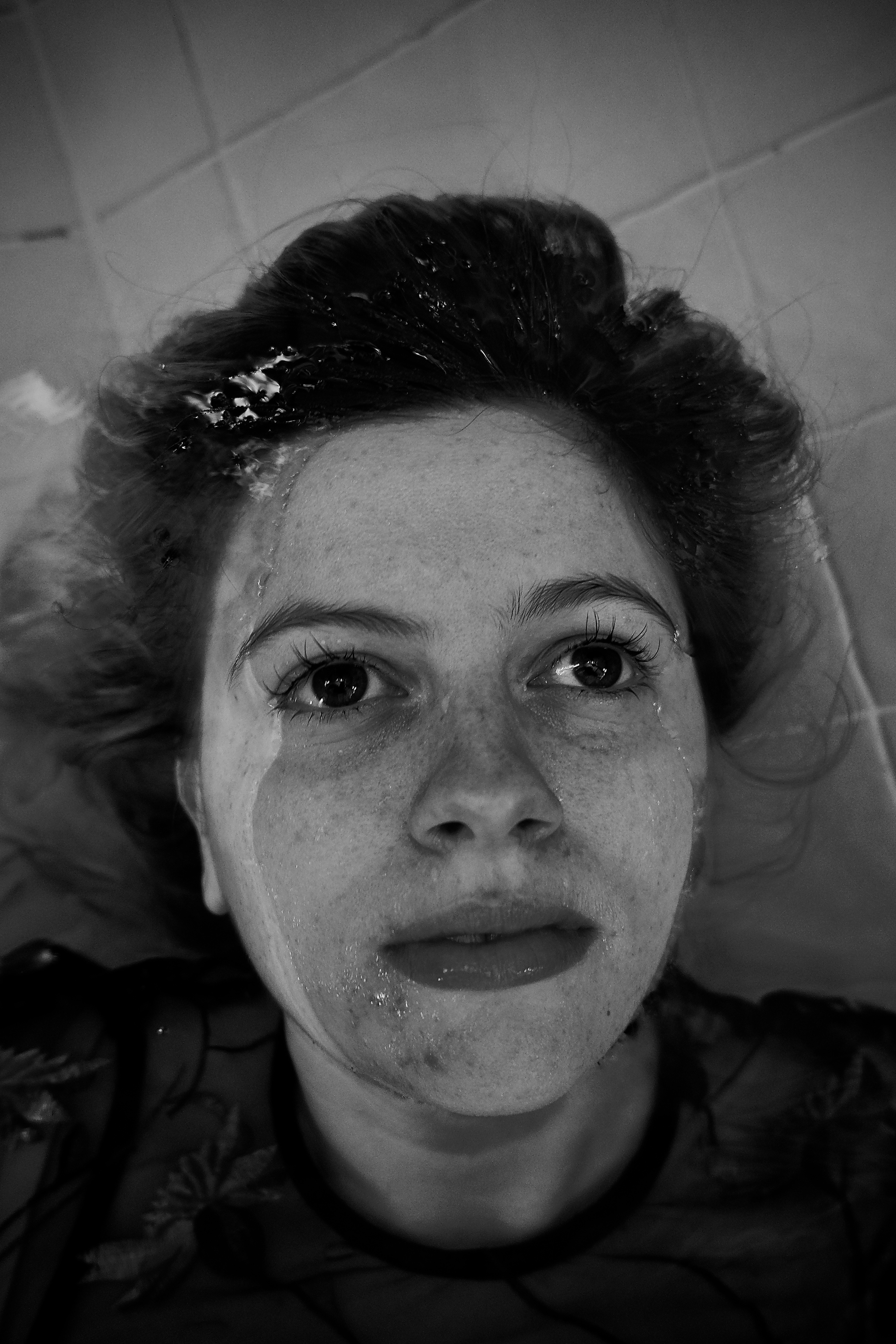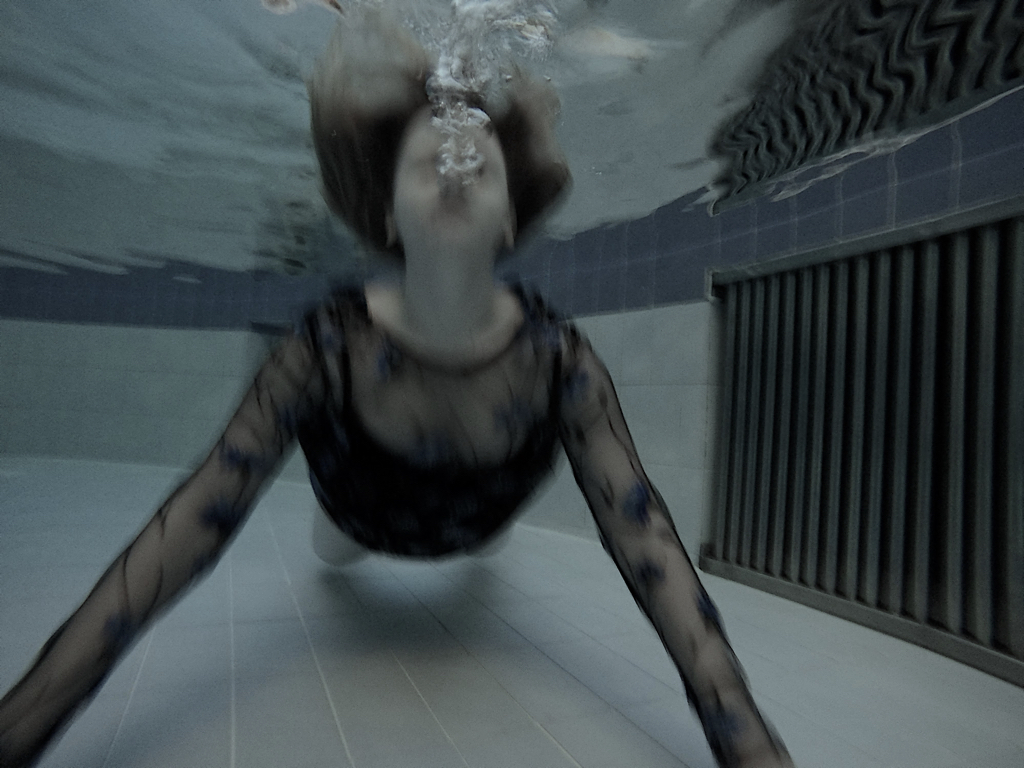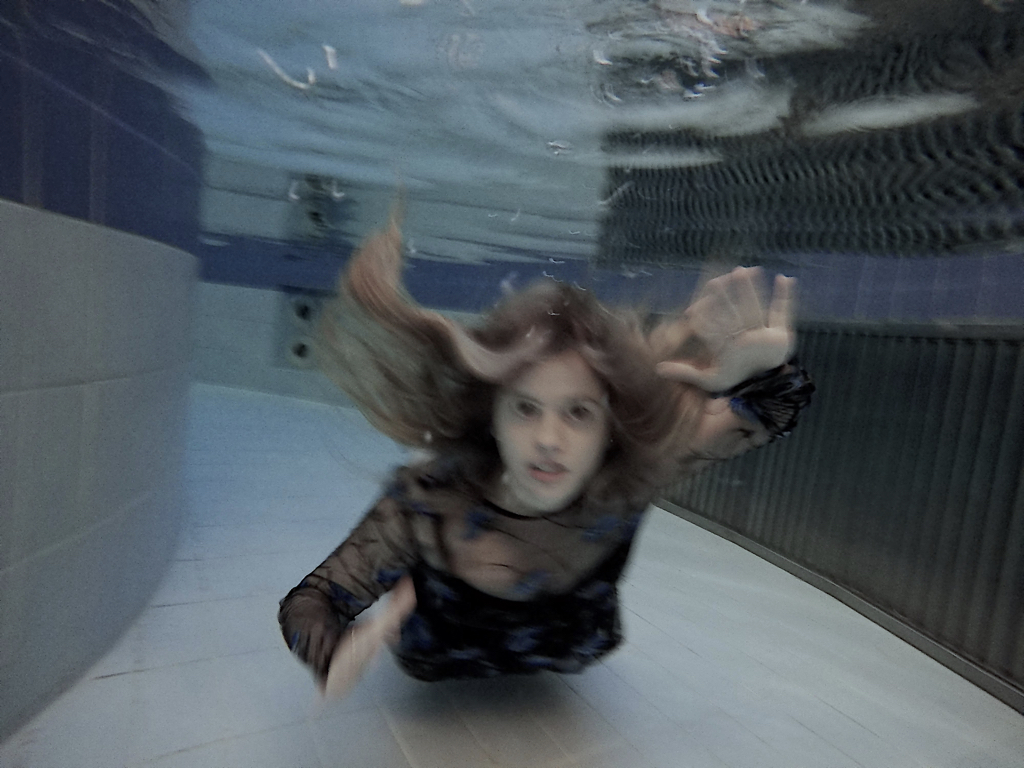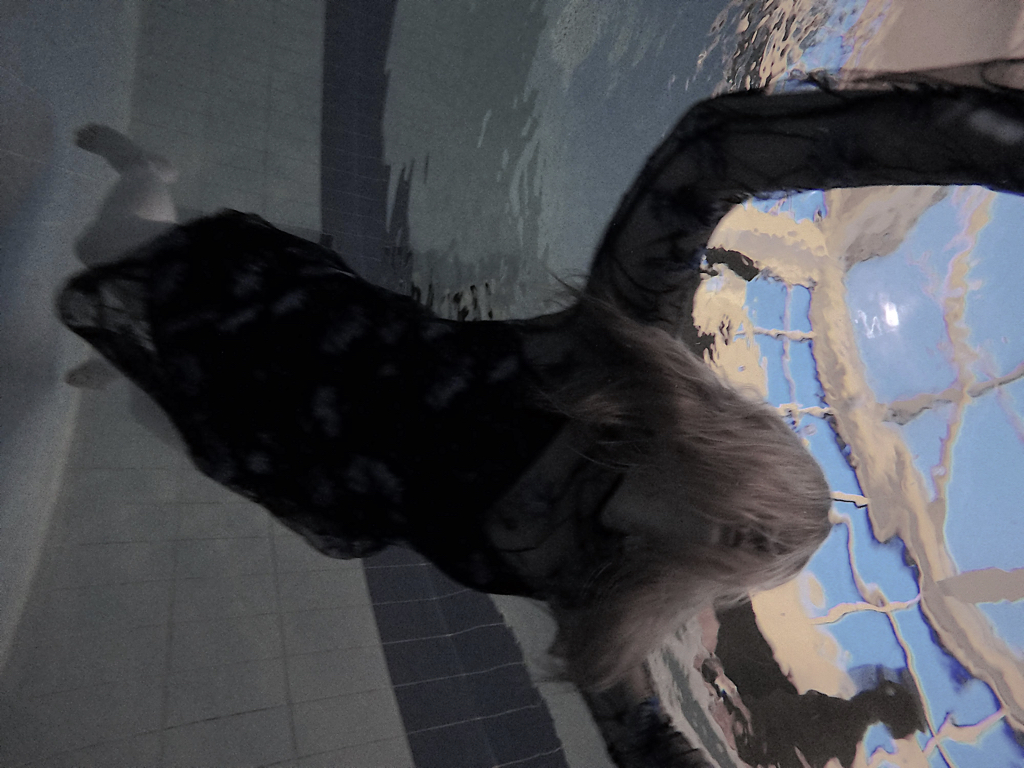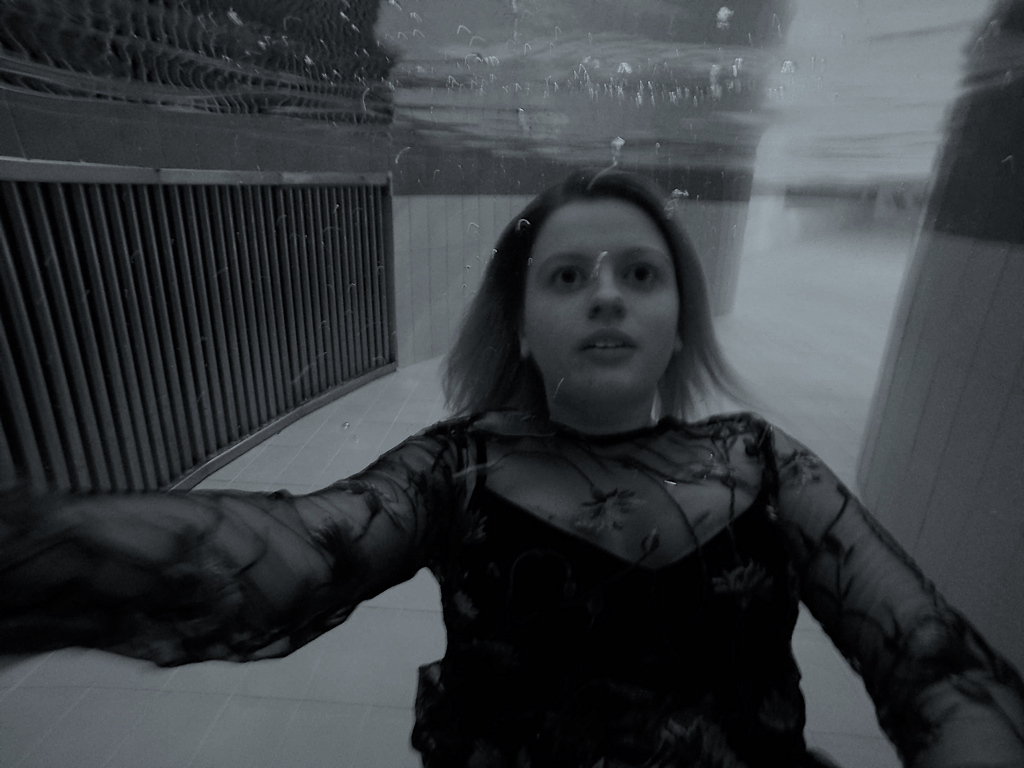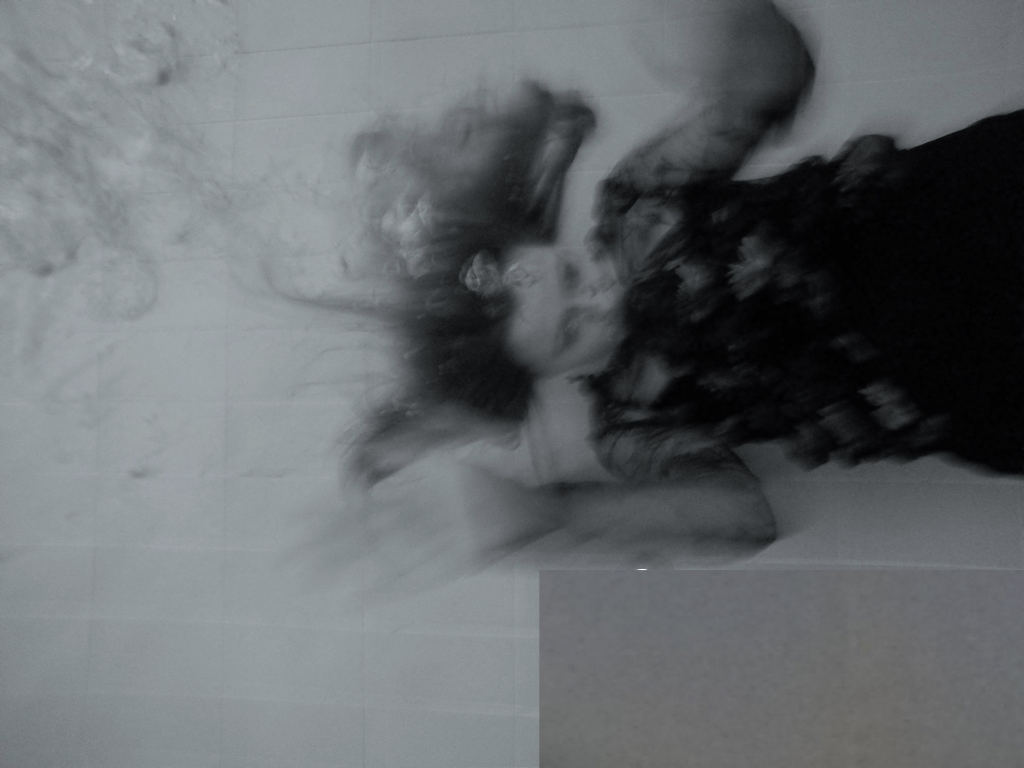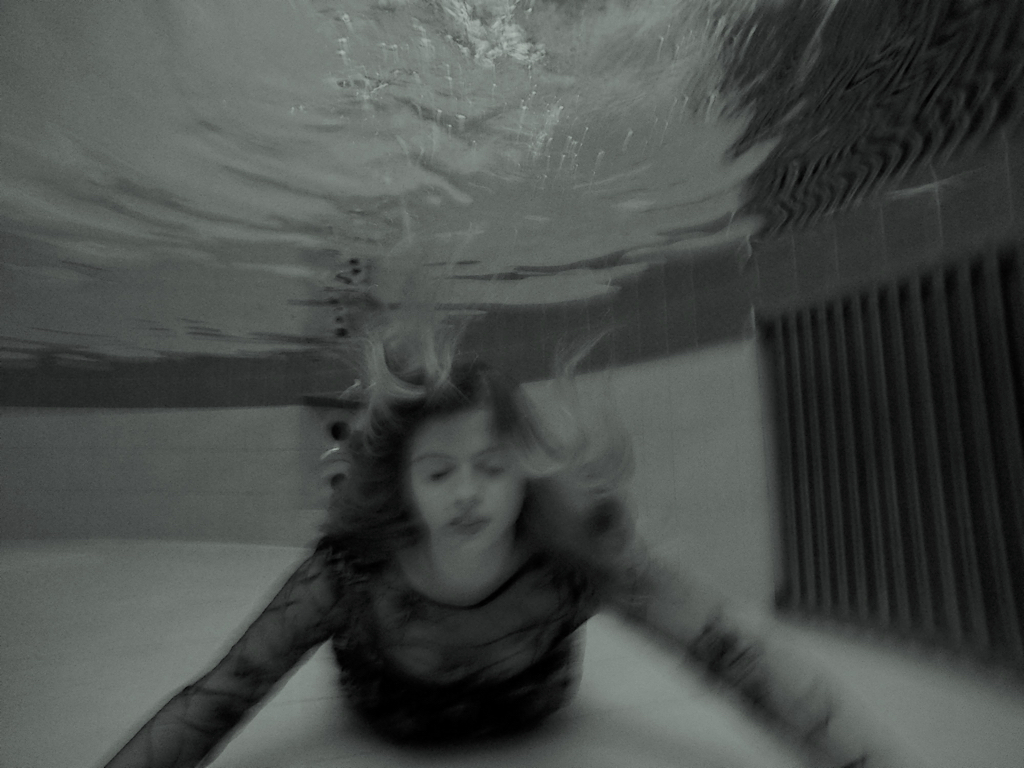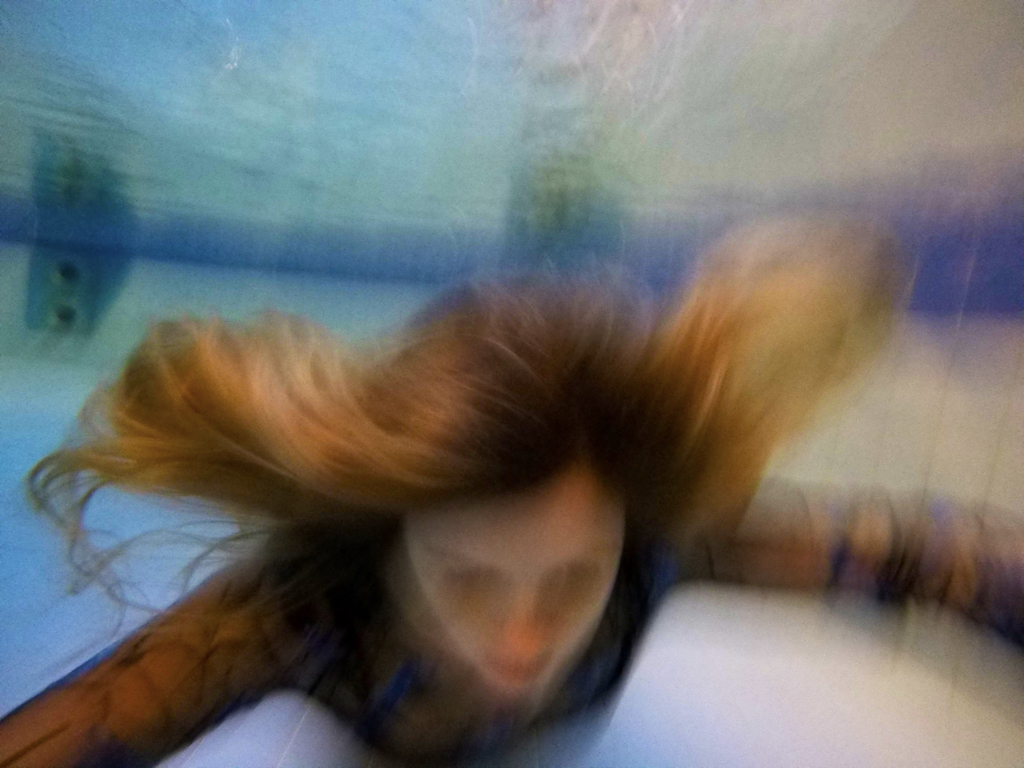Atlantis– is a fictional island, mentioned throughout Platos work. It is representative from the antagonist naval power of the ancient Athens. It is an underwater hidden nation supposedly which sunk, submerging into the Atlantic ocean. Despite its minor importance in Plato’s work, the Atlantis story has had a considerable impact on literature. The idea of Atlantis itself is the concept of ‘lost’ it is the island subcontinent often idealised as an advanced utopian society, which holds wisdom and the capabilities to bring world peace. Atlantis is said to have captive dreamers and a new era of generations. Thousands of literary texts and media forms have been created and devoted to Atlantis and still to this day it remains a popular topic. Many people have attempted to venture into this world, along the way loosing many fortunes, even their lives. However, Although Atlantis is conceived as a peaceful utopia, Plato the philosopher spoken about previously believed it was very different. He propposed “Atlantis is not a place to be honoured or emulated at all. Atlantis is not the perfect society … Quite the contrary, Atlantis is the embodiment of a materially wealthy, technologically advanced, and militarily powerful nation that has become corrupted by its wealth, sophistication, and might.”Soon Platos morality became a legend about a city’s heroic rival of Athens, and its sunken civilisation. If Atlantis really existed today and was found intact and perhaps inhabited, its residents would be seen as aggressive and not welcoming to outsiders. Despite the clear indication and form of logic off the origin of fiction, many people over the centuries still claim that there must be some truth behind the myths,Speculation has gone on for many years and countless experiments have occurred looking through lost located continents all around the world. Every-time ‘experts’ venture into these locations they each form a set of evidence and arguments for its existence, however, many still have divided opinions if it is based around the Atlantic Ocean, Antarctica, Bolivia, Turkey, Germany, Malta and the Caribbean. There is still no explanantional evidence of Atlantis being real, it is still a myth no trace of it has ever been found, However despite that there are evidences that in oceanography and mapping the floor for the past decades. The ocean is capable of such vast depth, we do not have access to, we have still not searched around 90% of the ocean, the vast depths might somehow hide a sunken city or continent. Though there remains much mystery at the bottom of the world’s oceans, it is inconceivable that the world’s oceanographers, submariners, and deep-sea probes have some how missed a landmass “larger than Libya and Asia together.” Additionally tectonic plates demonstrate Atlantis as impossible, as the continents have drifted, the seafloor has spread overtime, and has not contracted to enable to perfect areas for a city to be able to rest. There would simply be no place for Atlantis to sink into. “The geology is clear; there could have been no large land surface that then sank in the area where Plato places Atlantis. Together, modern archaeology and geology provide an unambiguous verdict: There was no Atlantic continent; there was no great civilisation called Atlantis.” I do find it interesting however How Plato was such a influential philosopher, and through my work I have been influenced by many philosophers too. I might look further into his work and see if I could too include what he has spoken about into my work. I believe as I am already discussing the PAIN and PLaEASURE which water and the sea has, and how it connects into elements of the sublime, and romanticism. It also links to such a strong history of legends such as Atlantis, photographers who have studied and looked at work from the following myths, they capture some old structure, however non of which have been proof of Atlantis.

sirens: Traditionally sirens are half-bird, half beautiful maidens, they were singing enchantresses capable of luring passing sailors to their islands, and sequently, to their doom. they were also seen as daughters of the river god, they were fated to die if anyone should happen to survive their singing at the time. When Odysseus passed them by unharmed, they hurled themselves into the sea and were drowned. Traditionally, the Sirens were daughters of the river god Achelous and a Muse. Many claim that the sirens are actually daughters of powerful gods for instance, the daughter of Zeus and Demeter. It is said the sirens were originally given wings yet these were taken away as a punishment. The sirens had a seductive song, this has appeared similarly to Atlantis in many ancient greek myths. The sirens can be found living in small islands. It is said in order for men to not be seduced by the sirens singing, they had to block their ears with wax. The hero wanted to hear their song,Some of which bound themselves to the mast so they would not be killed when they go into the water. Sirens have been seen in many forms, this being as a bird, mermaid or naked women living amount the water. I think For my inspiration for this shoot i could focus on the deep threatening and also power that a women can hold when surrounded by water. I believe I could focus on both the mermaid and human aspect and show a femininity within her being submerged within the water itself. Stories to do with the mythology of sirens and Atlantis: I want to look into past stories, as this might cause an inspiration for a further shoo which I could produce. Plato would certainly have heard of this disaster and realising the theatrical possibilities might have, with a dash of dramatic license and a little imagination, used the chain of events as a template for his own ends. Sir Desmond Lee a renowned classical historian certainly thought so when he stated “We must remember Plato’s purpose—to describe a rich, powerful and technologically advanced society to serve as an opponent of his ideal Athens. He had a fertile imagination and in Atlantis produced the first work of science fiction.”

I believe I could portray a narrative throughout each individual image I created, through the inspiration of sirens and mermaids alike. However personally I belive that the overall photoshopping, and clear fake atmosphere of mermaids is not exactly sublime to my mind, as their is no truth. It is not exactly breadth to taking photos which are not painful and a false sense of reality. Because of this I do not think myself re creating under water creates would exactly help achieve the same atmosphere throughout my own work. I could use the same themes within my work, such as the deceiving beauty the sirens had. I could when doing an underwater shoot capture a direct reality, such as focusing on actually fears found within the sea. Such as the depth of the water, and the real existing creates that would do harm. I think this is what I should talk about of this research, as otherwise I do not think the direct re-createment of mythological would work to my advantage.

 more interesting. The idea of the shoot of fire comes from the destruction and waste that has come from the development of my house.
more interesting. The idea of the shoot of fire comes from the destruction and waste that has come from the development of my house. Realism Photography Movement
Realism Photography Movement